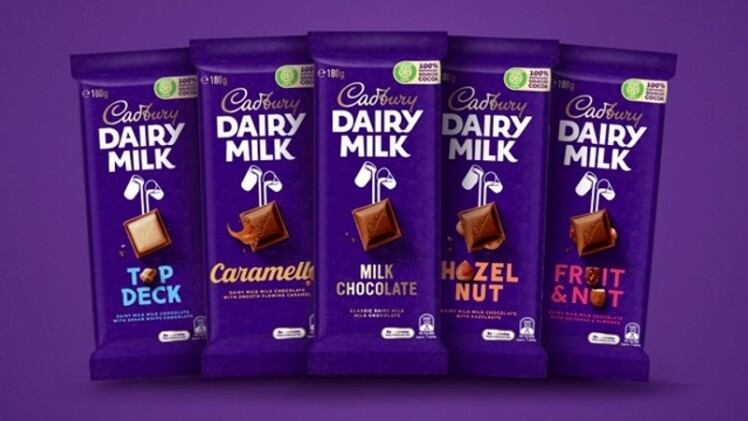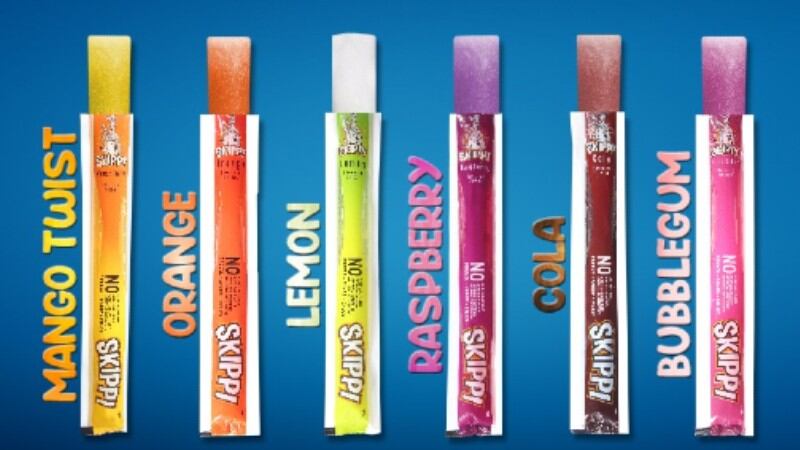With climate change, temperatures in the region are soaring even higher – the summer of 2021 saw Iran hit 51°C, Iraq hit 51.5°C and Kuwait hit 53.2°C. The United Arab Emirates (UAE), Saudi Arabia and Oman all recorded temperatures well over 50°C as well – and worse yet, scientists have stated that the Middle East is warming at twice the global average, and will be an additional 4°C warmer by 2050.
With this extreme heat reaching near-unbearable levels, it is not surprising that more and more consumers in this region are seeking out cold food and beverage product options to cool themselves down – a major opportunity for manufacturers of frozen food and beverage products to capitalise on.
“Our home base is India, but based on my 16 years of experience in the export industry, I can say without a doubt that the Middle East will be a massive market [for frozen snacks] like ours,” Indian ice popsicle brand Skippi’s CEO and Co-Founder Ravi Kabra told FoodNavigator-Asia.
“The Middle East is a very hot group of countries, and is hot basically all across the year, and exporting to this region will be a game-changer for us as the opportunities are immense.”
Skippi has currently already exported its first products to Kuwait – which, coincidentally, was the country that recorded the highest temperature of 53.2°C in the Middle East last year, showcasing how the extreme temperatures are driving consumer demand for methods, including edible items, to bring temperatures down.
“Kuwait was one of the first markets to come and work with us on exporting the ice popsicles to them when our brand emerged, and we are also in Dubai and seeing very large demand in the UAE, as well as in the final phase of talks to sign a contract in Saudi Arabia,” said Kabra.
“In fact, the demand from this region in addition to the local Indian market and other export markets we have started in such as Uganda, Hong Kong and Nepal have driven us to look closely at increasing our production capacity.
“We really want to supply to even more countries that want branded, healthy ice popsicles like ours – but at the moment production is not yet up to capacity and is a bit slow, though we will get there.”
Skippi has also managed to catch the rising wave of health and wellness awareness in the Middle East, where consumers are increasingly on the lookout for healthier food and beverage options that contain less sugar, fat and salt, with labels as clean as possible.
“Most ice pops that consumers can think of today are basically homemade by roadside vendors, likely with less-than-sanitary water and artificial colourings and flavourings – Skippi’s ice pops aim to be the healthier version of these, with 100% natural ingredients extracted from fruits and vegetables, all the way down to the colours and flavours,” he added.
“Ice pops as a frozen snack also hold a distinct advantage over other frozen products such as ice creams which are heavier and more suited for a once-in-a-while decadent, dessert occasion. Ice pops are much lighter on the stomach and a consumer could even have two to three a day, allowing them to cool down with a cold yet healthy snacking option.”
Transportation amongst the heat
Skippi’s home base in India is also known for its hot weather, as well as a severely underdeveloped cold chain system, leading the firm to have to formulate unique production and packaging solutions to smoothly transport these across the country.
The same logistical challenges that existed in India also exist in the Middle East – so the solutions Skippi developed for India translated over smoothly for use here as well.
“We alleviated the cold chain issues in advance by manufacturing, distributing and retailing the ice pops in liquid form at ambient temperature, and our patented technology also makes the resulting ice soft and crunchy even after freezing such that there is no need for consumers to wait for it to soften after taking it out of the freezer to begin eating it,” said Kabra.
“This worked for the market in India, and is working [in our other markets as well], which we believe is a very important breakthrough for us to reach as many consumers as possible, whether in the cities, in the towns, in the suburbs, or in the rural areas.
“There are two major types of consumers we are seeing for Skippi – about 80% have access to their own freezer and are buying entire boxes of the product to bring home and freeze and eat these over a period of time; but the remaining 20% or so are those who either just want to grab one from stores and enjoy it on the go or have no access to their own freezers, so will by the already-frozen ice pops direct from the freezers at retail stores.”





